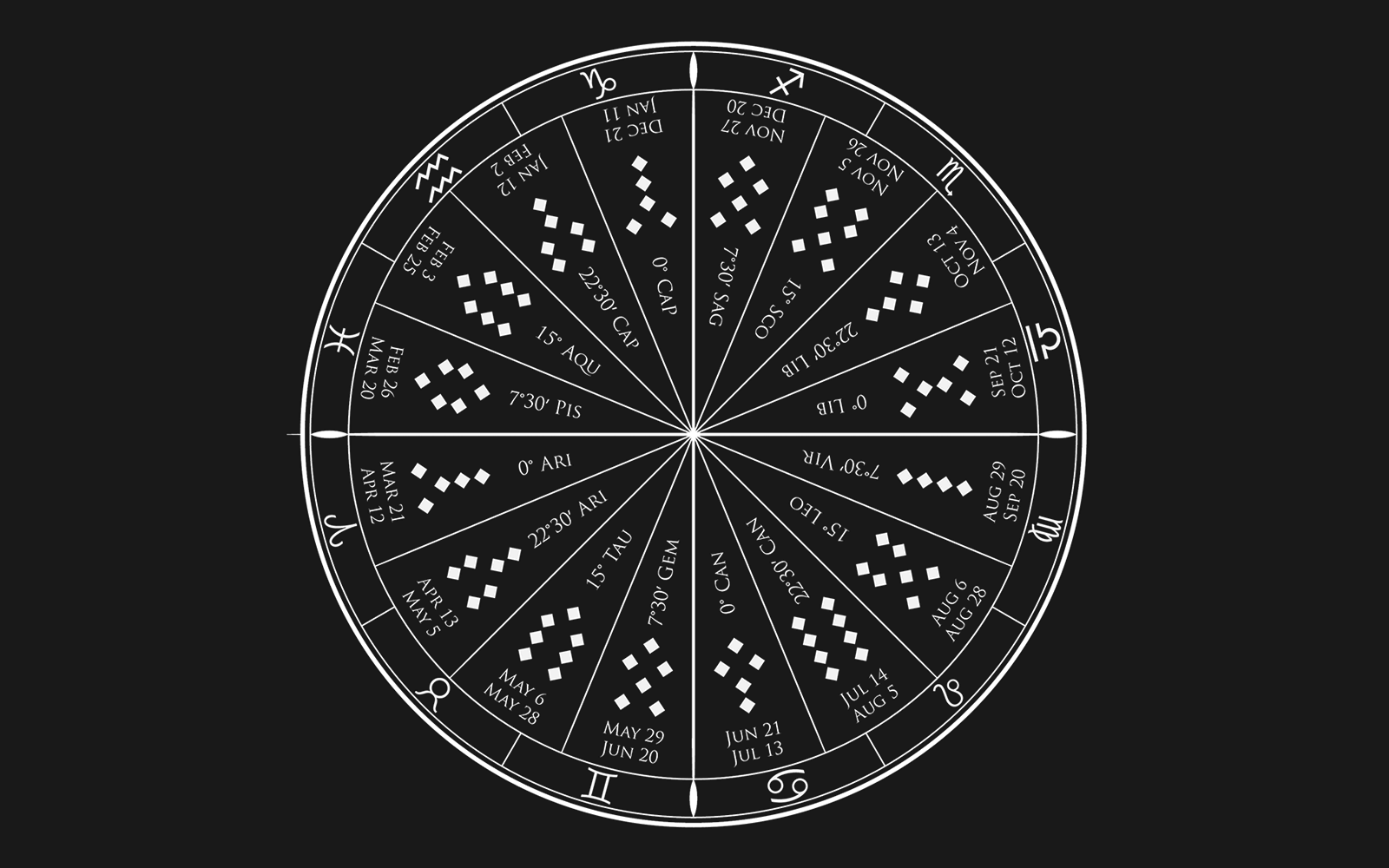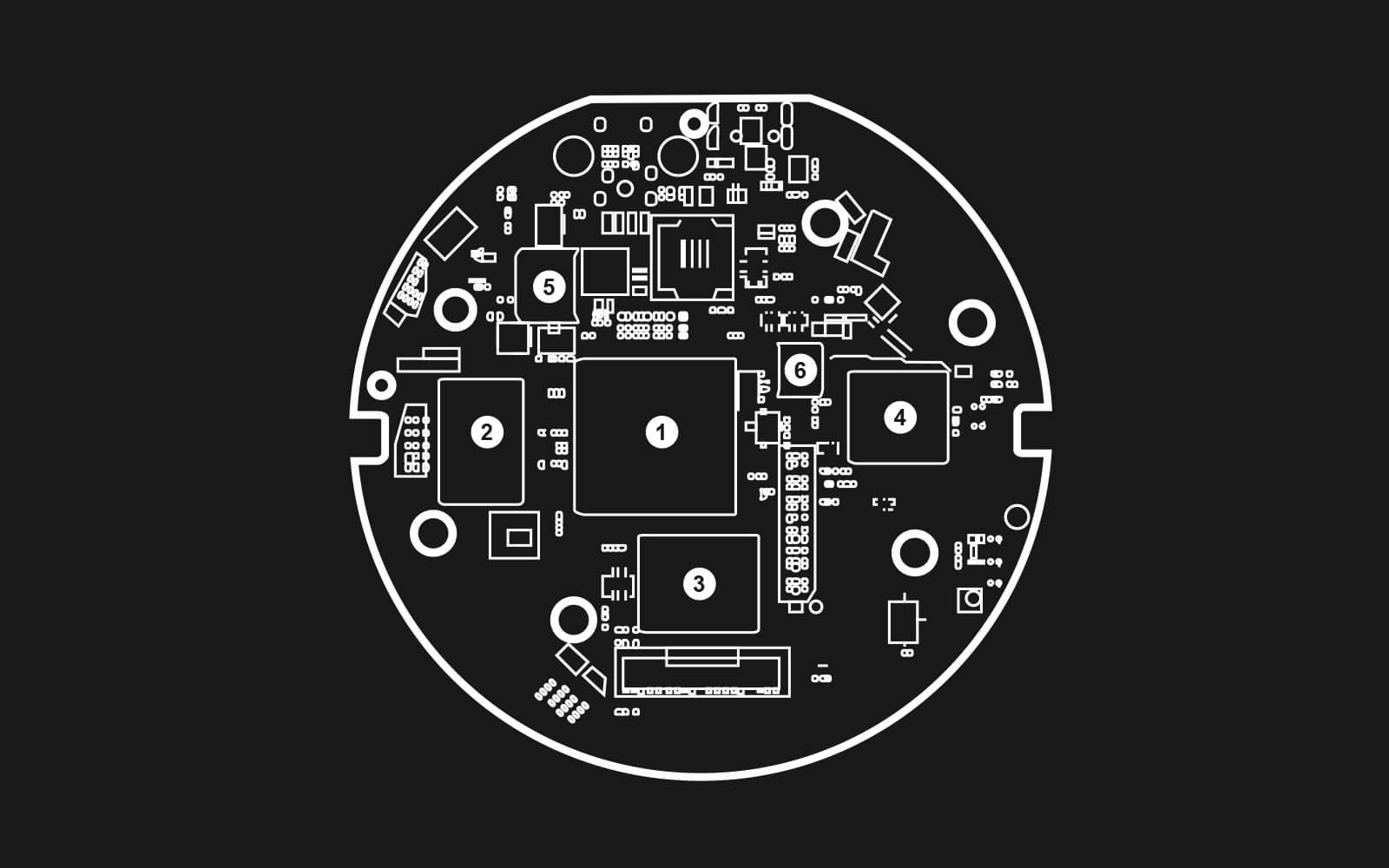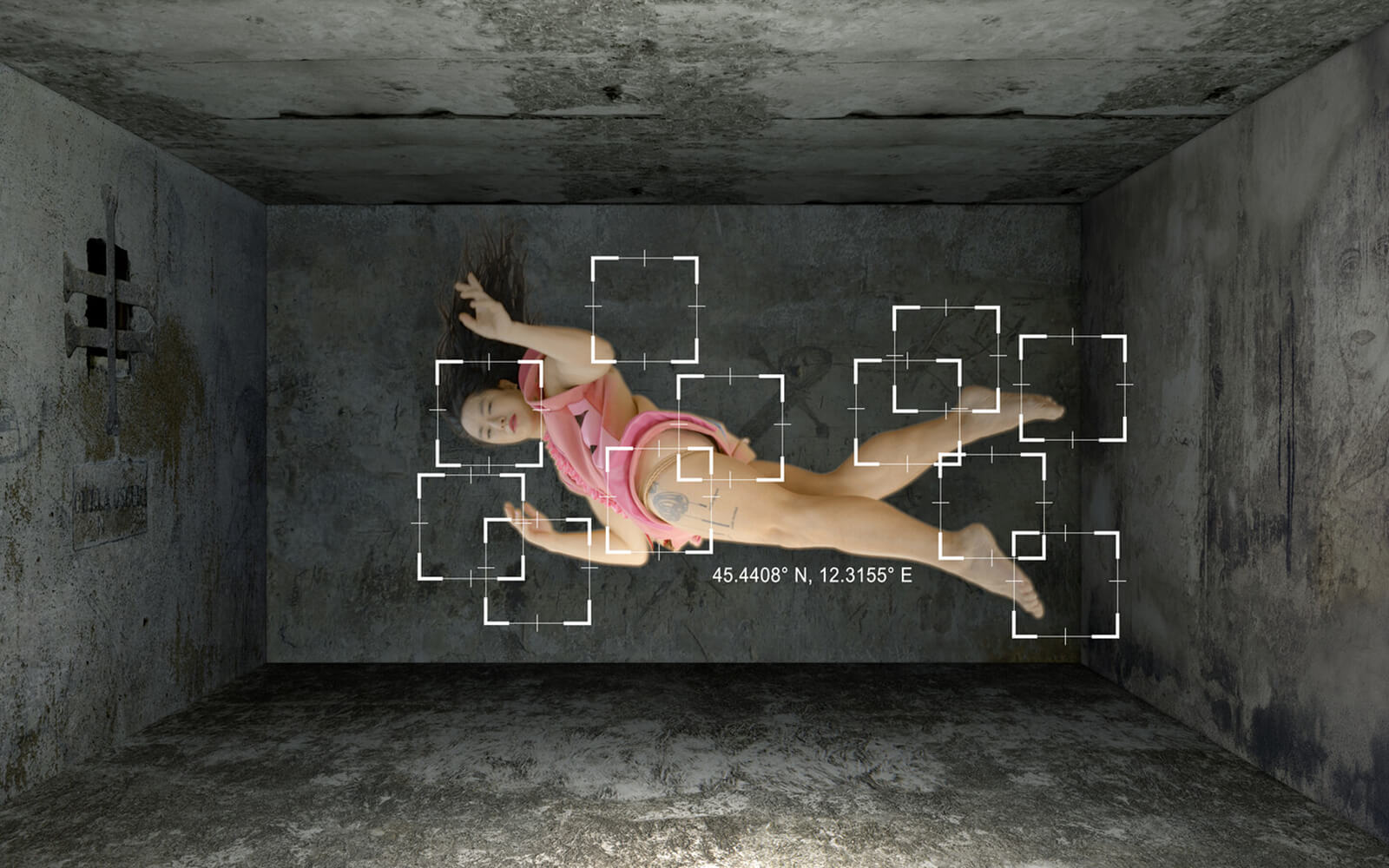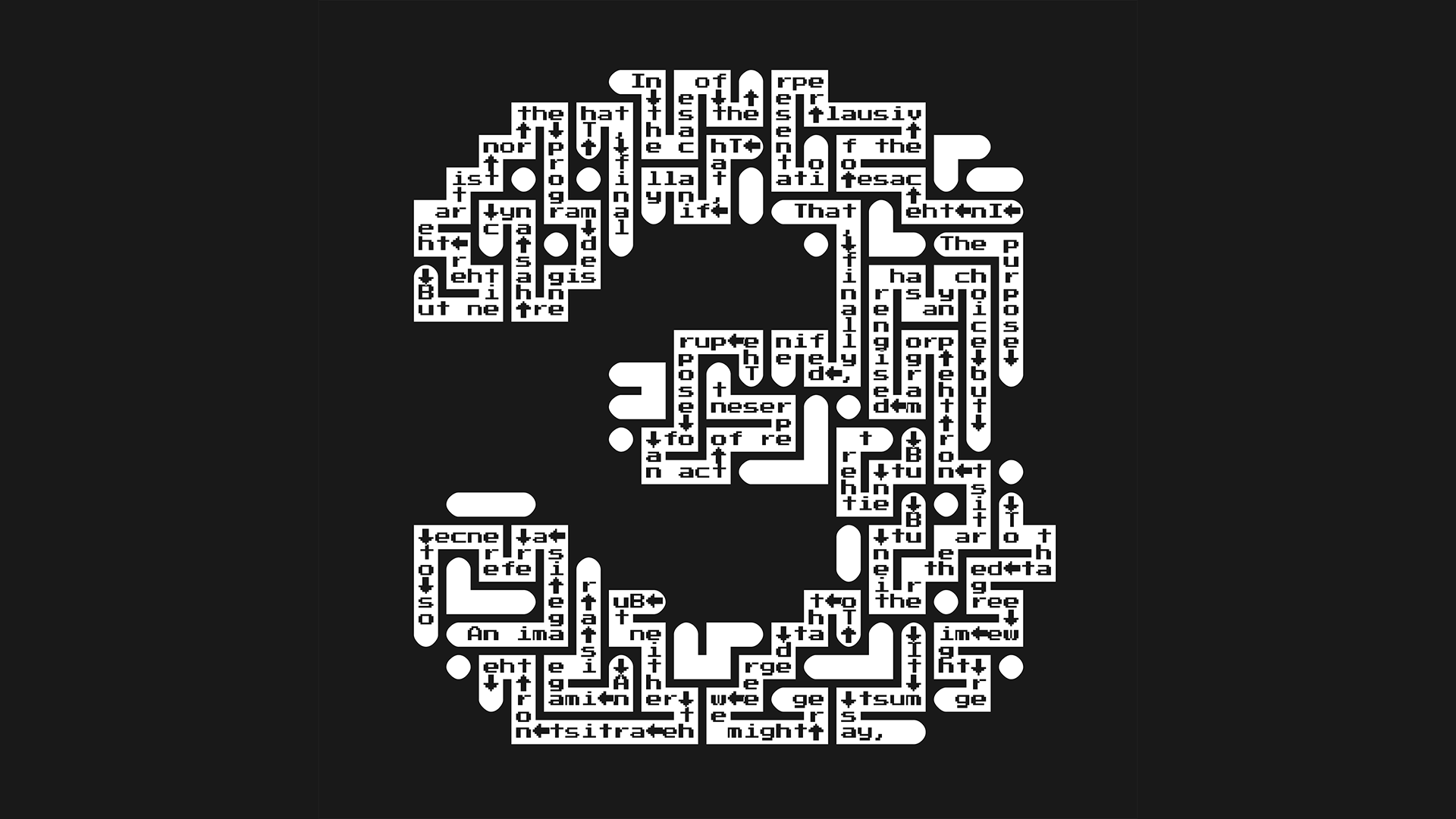HOLO 3: Explainable AI
Research Transcript (1/4):
Nora N. Khan and Peli Grietzer on Models of Explanation, Explainability Towards What End, and What to Expect from Explainable AI
Nora N. Khan and Peli Grietzer on Models of Explanation, Explainability Towards What End, and What to Expect from Explainable AI
This year’s HOLO Annual has emerged in part through conversation between Nora Khan and Peli Grietzer, the Annual’s Research Partner. They discussed Nora’s first drafts of the “unframe” for the Annual (in resisting a frame, one still creates a frame) around prompts of Explainability, Myths of Prediction, Mapping Outside Language, and Ways of Partial Knowing, over months. Once drafts started rolling in, they discussed the ideas of contributors, the different angles each was taking to unpack the prompts, and the directions for suggested edits. They came together about four times to work on unknotting research and editorial knots. A deeper research conversation thread weaves in and out, in which Peli and Nora deconstruct the recent blockbuster Atlas of AI, by Kate Crawford.
The research conversation bubbles underneath the Annual, informing reading and finalizing of essays and commissions, and its effects finding a home in the unframe, all the edits, and the final works. The following excerpt is taken from the earlier stages of the research conversation, which began back in February and March of this year. Nora and Peli discussed the emerging frame of prompts before they were sent out to contributors. They walked through each to problematize the framing. A fuller representation of the research conversation will be published in the HOLO Annual.
“You frequently hear that once the black box of AI is open, all the feeble-minded users of technology will have more agency in relation to AI that is barely understood by its engineers. In my weaker moments, I’ve made the same argument.”
Nora: Let’s talk about explainability. Explainable AI is one impetus for this prompt, and the issues involved in it. On one side, you hear this argument, frequently, in speaker circuits and keynotes, that once the black box of AI is open, all the naive, feeble-minded users of technology will somehow have a bit more agency, a bit more understanding, and a bit more confidence in relation to AI that is barely understood by its engineers. In my weaker moments, I’ve made the same argument. Another line of argument about explainability as a solution is grounded in the notion that once we understand an AI’s purpose, its reasoning, we’ll be blessed with an idealized model of reality, and receive, over time, a cleaned-up model of the world that’s been eradicated of bias.
Peli: Even before one gets to different humanistic or social ideals of explainability, there are already ambiguities or polysemies in terms of the more scientific conversation on explainability itself. One aspect of explainability is just: we don’t understand very well why neural network methods work as well as they do. There are a number of competing high level scientific narratives, but all are fairly blurry. None of them are emerging in a particularly solid way. Often you think, well, there’s many important papers on this key deep-learning technique … but find the actual argument given in the paper for why the method works ‘is now widely considered’ inaccurate or post hoc. So there’s an important sense of lack of explanation in AI that’s already at play even before we get to asking ‘can we explain the decisions of an AI like we explain the decisions of a person’—we don’t even know why our design and training methods are successful.
“Deep Learning is poorly scientifically understood. It’s one of the least systematic engineering practices, and among those that involve the most empirical trial and error, and guesswork. It’s closer to gardening, than to baking.”
I would say stuff like, as an engineering practice, Deep Learning is poorly scientifically understood. It’s currently one of the least systematic engineering practices, and one of the ones that involve the most empirical trial and error, and guesswork. It’s closer to gardening, than to baking. Baking is probably more scientifically rigorous than deep learning. Deep learning is about the same as gardening, where there are a lot of principles that are useful but you can’t really very well predict what’s going to work, and what’s not going to work when you make a change. I probably don’t actually know enough about gardening to say this.
Anyway, that’s one sense in which there’s no explainability. One could argue that this sense of explainability pertains more to the methods that we use to produce the model, the training methods, the architectures, and less to the resulting AI itself.. But I think these things are connected in the sense in which, if you want to know why a trained neural network model tends to make certain kinds of decisions or predictions, that would often have something to do with the choice of architecture or training procedure. And so we’d often justify the AIs decisions or predictions by saying that they’re a result of a training procedure that’s empirically known to work really well. Then the question is, okay, but why is this the one that works really well? And then the answer is often, “Well, we don’t really know. We tried a bunch of different things for a bunch of years and the architecture and training procedures end up working really well. We have a bunch of theories about it from physics or from dynamical systems or from information theory, but it’s still a bit speculative and blurry.”
So there’s this general lack of scientific explanation of AI techniques. And then there are the senses that are more closely related to predictive models, specifically, and how one describes a predictive model or decision model in terms of all kinds of relevant counterfactuals that we associate with explanation or with understanding.
“I want to offer contributors the option to critique this concept of explainability in technology, through this specific push in AI: what some have called the flat AI ethics space. When we ask, ‘What if we can just explain what’s inside of the black box?’ we might also ask, to what end?”
Nora: It seems this prompt can be tweaked a bit further to ask contributors, what are the stakes of this explainability argument, and what are some of its pitfalls? And further, what kinds of explainability, and explanation, do we even find valuable as human beings? What other models and methods of explainability do we have at play and should consider, and how do we sort through competing models for explainability? I figure this could help better understand the place of artists and writers now who are so often tasked, culturally, with the “storytelling” that is meant to translate and contextualize and communicate what it is that an AI produces, does, how it reasons, in ways that are legible to us.
In one of your earliest e-mails about the Annual, you mentioned how you are much more interested in finding paths to thinking about alternatives to the current order, rather than, say, investing in more critique of AI or demands for explainable AI to support the current (capitalistic, brutal, limiting, and extractive) economic order. It really pushed me to reconsider these prompts, and the ways cycles of discourse rarely step back to ask, but to what end are we doing all of this thinking? In service of who and what and why? I really want to offer contributors the option to critique this concept of explainability in technology, through this specific push in AI: what some have called the flat AI ethics space. When we ask, “What if we can just explain what’s inside of the black box?” we might also ask, to what end?
Making the “decision-making process” of a predator drone more “legible” to the general public seems a fatuous achievement. Even more so if it is an explanation in service of a capitalist state or state capital, and we know how that works.
“Making the ‘decision-making process’ of a predator drone more ‘legible’ to the general public seems a fatuous achievement. Even more so if it is an explanation in service of a capitalist state or state capital, and we know how that works.”
Peli: Let’s take another example. Say, my loan application got rejected. I want to understand why I got rejected. I might want to know, well, what are the ways in which, if my application was different or if I was different, the result would be different. Or, I can want to ask in what ways, if the model was slightly different, would the decision be different. Or you can ask, take me, and take the actual or the possible successful candidate who is most similar to me, and describe to me the differences between us. It turns out the result is, there’s a variety of ways in which one could, I guess, formulate the kind of counterfactuals one wants to know about in order to feel or rightly feel it has a sense of why a particular decision took place.
Nora: If you were to ask the model of corporate hiring to explain itself, you would hope for a discourse or a dialogue. I say, “Okay, so you show me your blurry model of sorting people, and then I can talk to you about all of the embedded assumptions in that model, and ask, why were these assumptions made? Tell me all the questions and answers that you set up to roughly approximate the ‘summation’ or truth of a person, in trying to type them. And then I can respond to you, model, with all of the different dimensional ways we exist in the world, the ways of being that throw the model into question. What are the misreadings and assumptions here? What cultural and social ideas of human action and risk are they rooted in?” And once we talk, these should be worked back into the system. I really love this fantasy of this explainable model of AI as having a conversation partner who will take in your input, and say, “Oh, yes, my model is blurry. I need to actually iterate and refine, and think about what you’ve said.” It’s very funny.
Peli: Exactly. I think that’s the thing that one, possibly, ultimately hopes for. There might be a real point of irreconcilability between massive-scale information-processing and the kind of discursive reasoning process that’s really precious to humans. I feel like these are conflicts we already see even within philosophy. I feel like there’s a moment within analytic philosophy, where the more you try to incorporate probability and probabilistic decision making into rationality, the more rationality becomes really alien and different from Kantian or Aristotelian rationality that we intuitively—I’m not sure if that’s the right word—that we initially think about with reasoning. Sometimes I worry that there’s a conflict between ideals of discursive rationality and the kind of reasoning that’s involved in massively probabilistic thinking. It seems the things that we are intending to use AIs for, are essentially often massively probabilistic thinking. I do wonder about that: whether the conflict isn’t just between AI or sort of engineering, and this discursive rationality, but also a conflict between massively probabilistic, and predictive, thinking and discursive rationality. I don’t know. I think these are profoundly hard questions.
“There might be a real point of irreconcilability between massive-scale information-processing and the kind of discursive reasoning process that’s really precious to humans. I think these are profoundly hard questions.”



